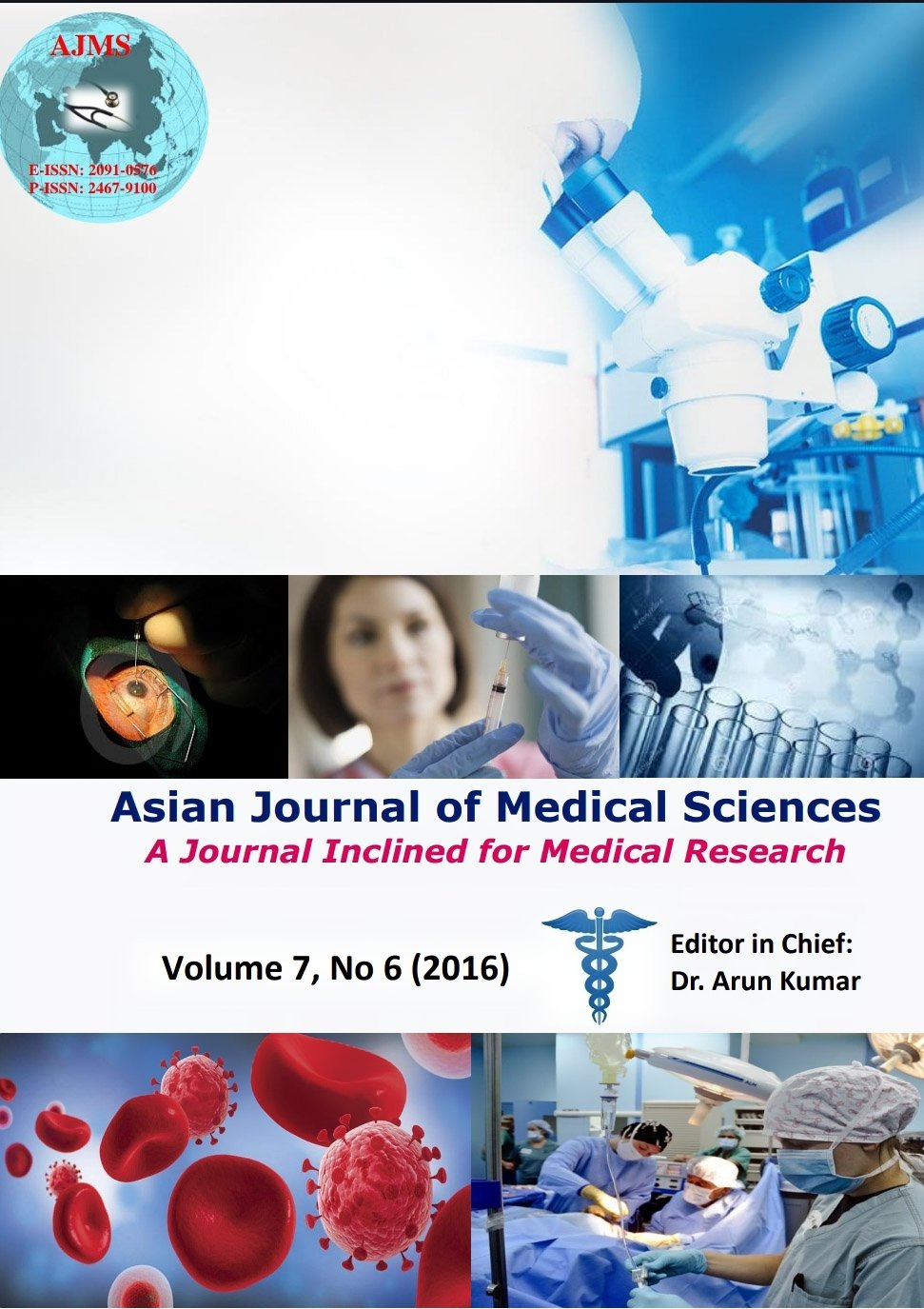Cefotaxime-induced Stevens-Johnson syndrome
Keywords:
Stevens-Johnson syndrome, Erythema Multiforme, Toxic Epidermal Necrolysis, CefotaximeAbstract
Stevens-Johnson syndrome (SJS) and Toxic Epidermal Necrolysis (TEN) are severe cutaneous immune-complex hypersensitivity reactions. Drugs, especially sulfa drugs, antiepileptics, and antibiotics like cephalosporins, are the most common causes. Maculopapular lesions rapidly spread and coalesce, leading to epidermal blistering, necrosis, and sloughing. Diagnosis is usually obvious by appearance of initial lesions and clinical syndrome. Treatment is supportive care; cyclosporine, plasma exchange or IVIG, and early pulse corticosteroid therapy have been used. Mortality can be as high as 7.5% in children and 20 to 25% in adults but tends to be lower with early treatment.
Here, we present a case of a 26year old female who presented with extensive dermal lesions and ocular findings including periorbital skin scarring, conjunctivitis with corneal erosions, as well as fever and prostration, soon after the administration of cefotaxime. Epidermal detachment was observed in <10% of her body surface. This presentation is consistent with the features of SJS. Resolution of the clinical manifestations was observed after discontinuation of the drug; all other drugs, infections, or immunologic disorders that could have caused this syndrome were carefully excluded. An objective causality assessment revealed that SJS was possibly associated with the use of cefotaxime.
Asian Journal of Medical Sciences Vol.7(5) 2016 87-90
Downloads
Downloads
Additional Files
Published
How to Cite
Issue
Section
License
Authors who publish with this journal agree to the following terms:
- The journal holds copyright and publishes the work under a Creative Commons CC-BY-NC license that permits use, distribution and reprduction in any medium, provided the original work is properly cited and is not used for commercial purposes. The journal should be recognised as the original publisher of this work.
- Authors are able to enter into separate, additional contractual arrangements for the non-exclusive distribution of the journal's published version of the work (e.g., post it to an institutional repository or publish it in a book), with an acknowledgement of its initial publication in this journal.
- Authors are permitted and encouraged to post their work online (e.g., in institutional repositories or on their website) prior to and during the submission process, as it can lead to productive exchanges, as well as earlier and greater citation of published work (See The Effect of Open Access).




